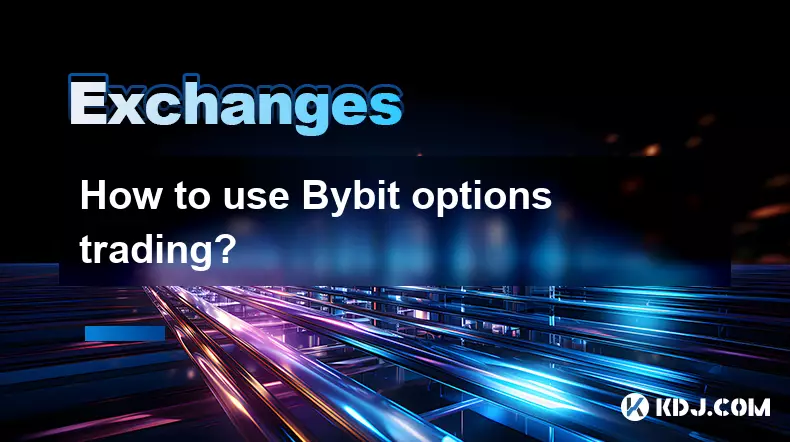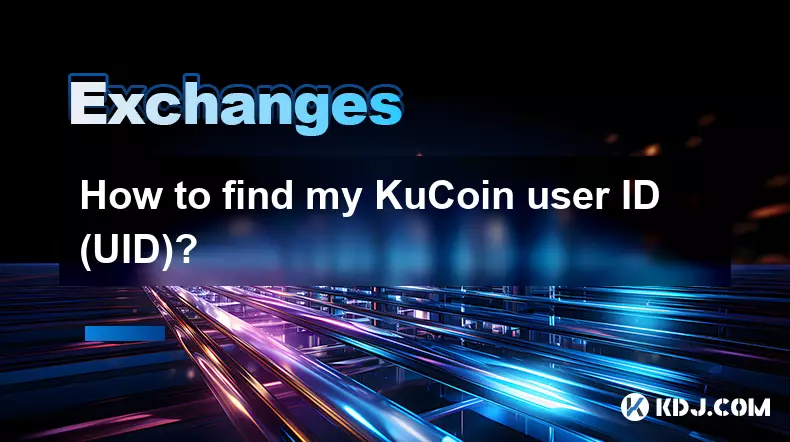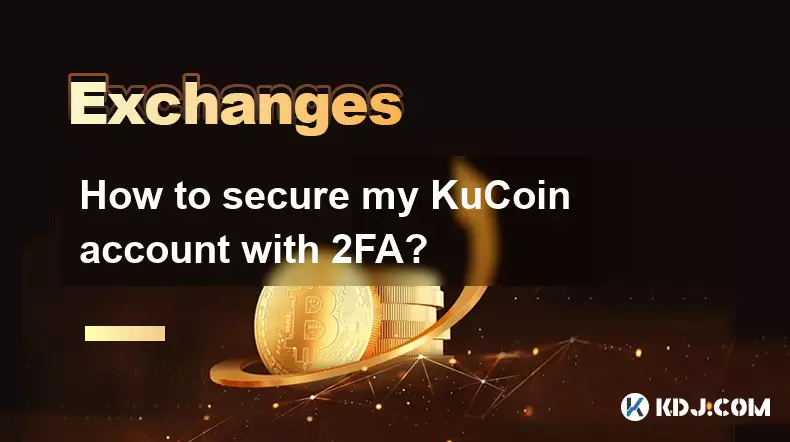-
 Bitcoin
Bitcoin $111200
0.44% -
 Ethereum
Ethereum $4302
0.12% -
 XRP
XRP $2.835
0.93% -
 Tether USDt
Tether USDt $1.000
0.06% -
 BNB
BNB $870.9
1.41% -
 Solana
Solana $203.8
0.29% -
 USDC
USDC $0.9999
0.03% -
 Dogecoin
Dogecoin $0.2178
1.53% -
 TRON
TRON $0.3284
-0.90% -
 Cardano
Cardano $0.8288
0.92% -
 Hyperliquid
Hyperliquid $47.24
1.45% -
 Chainlink
Chainlink $22.34
0.67% -
 Ethena USDe
Ethena USDe $1.001
0.05% -
 Sui
Sui $3.391
1.19% -
 Bitcoin Cash
Bitcoin Cash $598.8
-2.18% -
 Stellar
Stellar $0.3581
0.37% -
 Avalanche
Avalanche $24.59
1.88% -
 Hedera
Hedera $0.2199
1.96% -
 Cronos
Cronos $0.2631
-2.42% -
 UNUS SED LEO
UNUS SED LEO $9.490
-0.66% -
 Litecoin
Litecoin $114.0
2.18% -
 Toncoin
Toncoin $3.090
0.86% -
 Shiba Inu
Shiba Inu $0.00001237
0.84% -
 Polkadot
Polkadot $3.859
1.53% -
 World Liberty Financial
World Liberty Financial $0.2393
25.43% -
 Uniswap
Uniswap $9.388
1.32% -
 Dai
Dai $0.9999
0.02% -
 Ethena
Ethena $0.7417
-0.13% -
 Monero
Monero $269.7
-0.63% -
 Aave
Aave $301.5
0.20%
How to use Bybit options trading?
Bybit's options interface offers intuitive access to BTC and ETH contracts with key metrics, Greeks, and cash settlement in USDC for flexible, strategic trading.
Sep 07, 2025 at 02:54 am

Understanding Bybit Options Interface
1. Access the Bybit platform through the official website or mobile application. Navigate to the 'Derivatives' section and select 'Options' from the available trading products. The interface displays available contracts, including call and put options with varying strike prices and expiration dates.
2. Review the key data panels such as open interest, implied volatility, and bid-ask spreads. These metrics help assess market sentiment and liquidity. Contracts are typically settled in USDC, and all trades occur on a centralized order book, allowing for direct peer-to-peer matching.
3. Choose between European-style options, which can only be exercised at expiration, or explore early exercise mechanics if available under specific conditions. Familiarize yourself with the contract specifications, including lot size (usually 0.1 BTC or 10 ETH per contract) and the underlying asset’s pricing mechanism.
4. Utilize the price chart integrated into the options trading page. This chart reflects the spot price of the underlying cryptocurrency and helps align your strategy with current market trends. Overlay technical indicators if needed to refine entry and exit points.
5. Monitor the Greeks—Delta, Gamma, Theta, and Vega—available in the advanced settings. These risk metrics provide insight into how the option’s price may change with movements in the underlying asset, time decay, and volatility shifts.
Executing an Options Trade
1. Select a specific option contract by clicking on the desired strike price and expiration date. The order entry panel appears, allowing you to choose between market and limit orders. A limit order is recommended to control entry price and avoid slippage.
2. Enter the contract quantity in the input field. Be mindful of your available margin and the total premium cost. The system automatically calculates the required collateral, which is deducted from your options wallet balance.
3. Choose between buying a call to speculate on price increases or a put to profit from declines. Confirm the transaction using two-factor authentication if enabled. Once submitted, the order appears in the open orders section until filled.
4. Track the position in the 'Positions' tab. Here, you can view unrealized P&L, break-even price, and time to expiration. Adjust your strategy by closing the position manually before expiry or holding until settlement.
5. For sellers (writers) of options, posting margin is mandatory. Selling options generates premium income but exposes the trader to potentially unlimited risk, especially in volatile markets. Use stop-loss mechanisms or hedge with spot holdings when applicable.
Risk Management and Strategy Application
1. Define your risk tolerance before entering any trade. Allocate only a portion of your capital to options, as their non-linear payoff structure can lead to rapid losses, particularly for sellers.
2. Implement defined-risk strategies such as spreads. A bull call spread involves buying a lower-strike call and selling a higher-strike call, reducing net premium cost while capping upside. Similarly, a bear put spread limits downside exposure.
3. Use protective puts to hedge existing crypto holdings. By purchasing a put option, you secure the right to sell your asset at a predetermined price, shielding against sudden downturns without relinquishing ownership.
4. Avoid holding short options into expiration during high-volatility events like major Bitcoin upgrades or macroeconomic announcements. Pin risk—the uncertainty of whether an option will expire in-the-money—can trigger unexpected assignment or liquidation.
Never trade options based on emotion or FOMO. Stick to a predefined plan that includes entry, exit, and risk parameters.Frequently Asked Questions
What is the minimum amount required to start trading options on Bybit? The minimum contract size is typically 0.1 BTC or 1 ETH, depending on the underlying asset. With fractional pricing, traders can start with a few dollars’ worth of premium, making options accessible even with limited capital.
Can I close my options position before expiration? Yes, Bybit allows traders to close their options positions at any time before expiration by executing an offsetting trade. This provides flexibility to lock in profits or cut losses based on market movement.
How are options settled on Bybit? Options on Bybit are cash-settled in USDC. If an option expires in-the-money, the intrinsic value is automatically credited to your account. Out-of-the-money options expire worthless.
Does Bybit offer options on altcoins? Currently, Bybit primarily offers options on Bitcoin and Ethereum. Expansion to other assets may occur, but no official support exists for altcoin options at this time.
Disclaimer:info@kdj.com
The information provided is not trading advice. kdj.com does not assume any responsibility for any investments made based on the information provided in this article. Cryptocurrencies are highly volatile and it is highly recommended that you invest with caution after thorough research!
If you believe that the content used on this website infringes your copyright, please contact us immediately (info@kdj.com) and we will delete it promptly.
- Crypto Experts Eye BlockchainFX (BFX) as HBAR Struggles: The Next 1000x Opportunity?
- 2025-09-07 18:45:14
- WLFI Price Pump: Bank of America, Justin Sun, and Crypto Market Shenanigans
- 2025-09-07 18:25:12
- BTC Price, Crypto Buy, Highest ROI: What's the Smart Money Doing?
- 2025-09-07 19:10:12
- Ray Dalio on Bitcoin: Investor Comments and Portfolio Allocation
- 2025-09-07 19:10:12
- Altcoins in September 2025: Spotting the Top 3
- 2025-09-07 18:45:14
- Michael Saylor's Bitcoin Bet: From Bloomberg Billionaires List to Crypto King
- 2025-09-07 18:50:12
Related knowledge

How to check my portfolio balance on KuCoin?
Sep 06,2025 at 10:36am
Accessing Your KuCoin Account Dashboard1. Navigate to the official KuCoin website or open the KuCoin mobile application. Ensure you are using a secure...

How to buy USDT on KuCoin?
Sep 06,2025 at 08:55am
Creating and Verifying Your KuCoin Account1. Navigate to the official KuCoin website and click on the 'Sign Up' button to begin registration. Provide ...

How to find my KuCoin user ID (UID)?
Sep 07,2025 at 01:37pm
Understanding the KuCoin User ID (UID)1. The KuCoin User ID, commonly referred to as UID, is a unique alphanumeric identifier assigned to every regist...

Why is my KuCoin account frozen?
Sep 05,2025 at 06:55pm
Common Reasons for a Frozen KuCoin Account1. Unverified identity information. KuCoin requires users to complete KYC (Know Your Customer) procedures to...

How to use the KuCoin API?
Sep 07,2025 at 02:37am
Understanding the KuCoin API Structure1. The KuCoin API is a RESTful interface that allows developers to interact with the exchange programmatically. ...

How to secure my KuCoin account with 2FA?
Sep 07,2025 at 02:18am
Setting Up 2FA on Your KuCoin Account1. Log into your KuCoin account through the official website or mobile application. Navigate to the 'Security' se...

How to check my portfolio balance on KuCoin?
Sep 06,2025 at 10:36am
Accessing Your KuCoin Account Dashboard1. Navigate to the official KuCoin website or open the KuCoin mobile application. Ensure you are using a secure...

How to buy USDT on KuCoin?
Sep 06,2025 at 08:55am
Creating and Verifying Your KuCoin Account1. Navigate to the official KuCoin website and click on the 'Sign Up' button to begin registration. Provide ...

How to find my KuCoin user ID (UID)?
Sep 07,2025 at 01:37pm
Understanding the KuCoin User ID (UID)1. The KuCoin User ID, commonly referred to as UID, is a unique alphanumeric identifier assigned to every regist...

Why is my KuCoin account frozen?
Sep 05,2025 at 06:55pm
Common Reasons for a Frozen KuCoin Account1. Unverified identity information. KuCoin requires users to complete KYC (Know Your Customer) procedures to...

How to use the KuCoin API?
Sep 07,2025 at 02:37am
Understanding the KuCoin API Structure1. The KuCoin API is a RESTful interface that allows developers to interact with the exchange programmatically. ...

How to secure my KuCoin account with 2FA?
Sep 07,2025 at 02:18am
Setting Up 2FA on Your KuCoin Account1. Log into your KuCoin account through the official website or mobile application. Navigate to the 'Security' se...
See all articles





















![Daily Level for 9/7/2025: Momentum by EnenzoGD (WITH COIN) [GD Daily Video #809] Daily Level for 9/7/2025: Momentum by EnenzoGD (WITH COIN) [GD Daily Video #809]](/uploads/2025/09/07/cryptocurrencies-news/videos/daily-level-momentum-enenzogd-coin-gd-daily-video/68bcd9494f8d8_image_120_90.webp)


































































